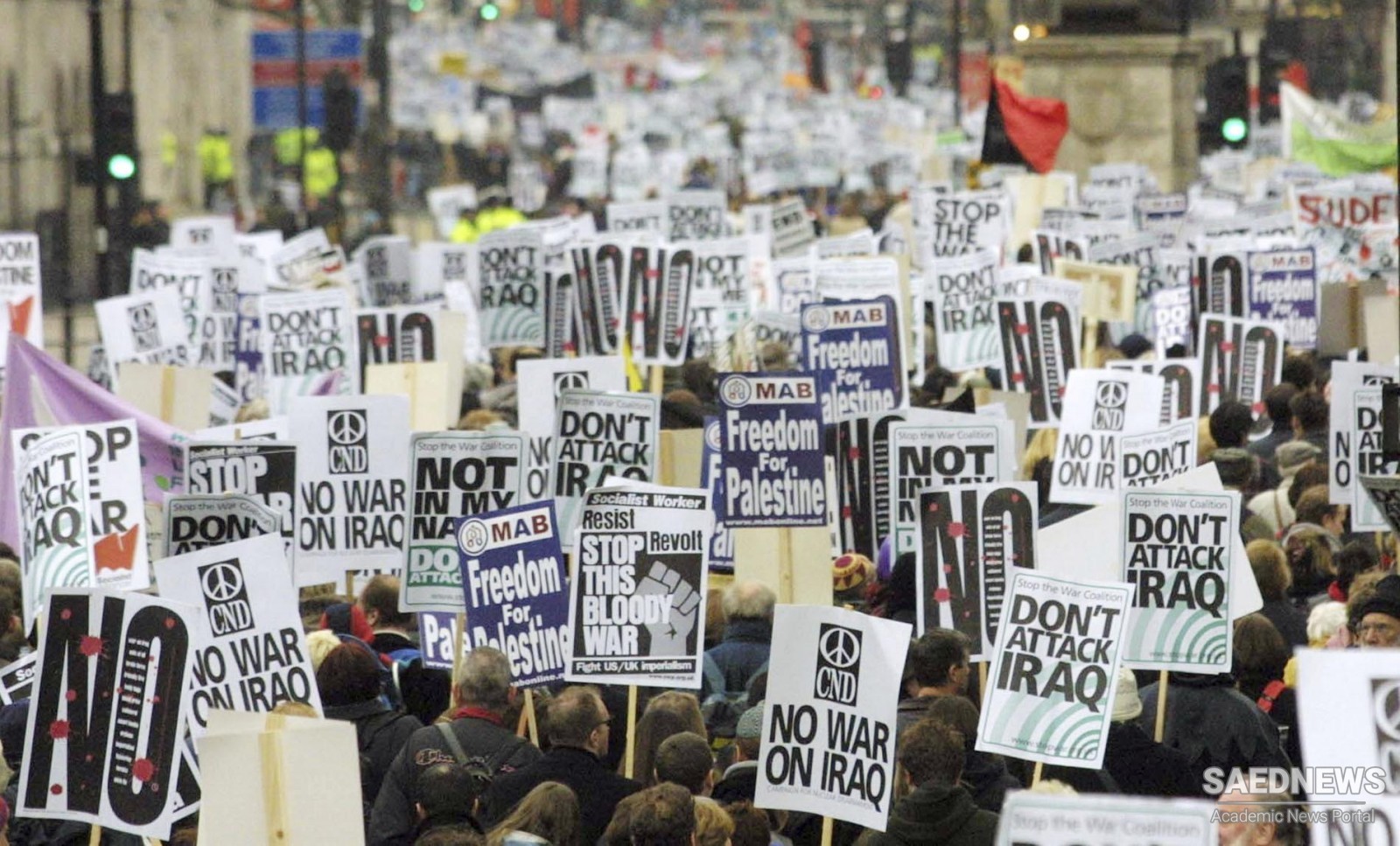The previous emphasis on stability and order gave way to a concern for social reform and economic justice. The growing involvement of women gave new energy and political dynamism to the antiwar cause. Disillusionment with war spread throughout society. In literature, film, and the graphic arts the horrors of the recent bloodletting were graphically depicted and decried. Revelations of government deceit and incompetence fed the antimilitarist wave. Leading intellectuals, religious leaders, and scientists united in rejecting war. New peace leadership appeared, drawn from women’s groups, social reform movements, and religious advocates of the Social Gospel. These new leaders saw war as the product of imperialism and frustrated national ambition. They advocated self-determination and greater democratic control over political decision making as the keys to peace.
One of the most prominent of the new peace leaders was Jane Addams, who rose to fame in the late nineteenth century as founder of Hull House in Chicago and a leading social reformer on behalf of the poor. Addams’s interest in peace and international affairs emerged in 1898 when she joined the growing anti-imperialist movement. She condemned militarism as a form of theft from the poor and considered her antiwar activism a logical extension of her concern for social justice. Addams was a committed suffragist who believed that the political empowerment of women would help to reduce the frequency of war and advance the cause of the social reform. During World War I she helped to organize an International Congress of Women in the Hague that sought to end the conflict through mediation. Addams also joined suffragist leader Carrie Chapman Catt in creating the WPP.7 This led to the creation in 1919 of the Women’s International League for Peace and Freedom (WILPF), perhaps the world’s first explicitly feminist-pacifist organization, which has remained active to the present. In 1931 Addams was awarded the Nobel Peace Prize.
Women played an increasingly prominent role in mobilizing peace sentiment. After winning the vote in 1920 women activists in the United States turned greater attention to the cause of preventing war. Some feminist leaders saw the growing peace movement as a unifying cause that could bind up the differences that emerged when some suffragists supported US entry into World War I. Once the war was over all could agree on the value of campaigning to prevent such a disaster in the future. The struggle for peace, which had divided the movement in 1917, thus became a unifying cause in the 1920s and 1930s. In Britain the political influence of women increased significantly following the Equal Franchise Act of 1928. The new law extended the vote to millions of women, who voted for the first time in the 1929 general election. In Britain and the United States working for peace became a focal point for women’s newly acquired voting power. Feminism and pacifism increasingly converged.
During and after World War I several organizations dedicated to absolute pacifism emerged. In December 1914 a group of Christian pacifists dissatisfied with the pro-war stance of the mainline Protestant churches met in Cambridge, England, to form the Fellowship of Reconciliation (FOR) under the leadership of Quaker Henry T. Hodgkin. A year later an FOR group formed in the United States. Among those who joined the fledgling pacifist fellowship was the young minister Norman Thomas, who believed that “war and Christianity are incompatible.” FOR has remained an active voice of religiously based absolute pacifism to the present.


 Appeasement and Betraying the Peace
Appeasement and Betraying the Peace














































